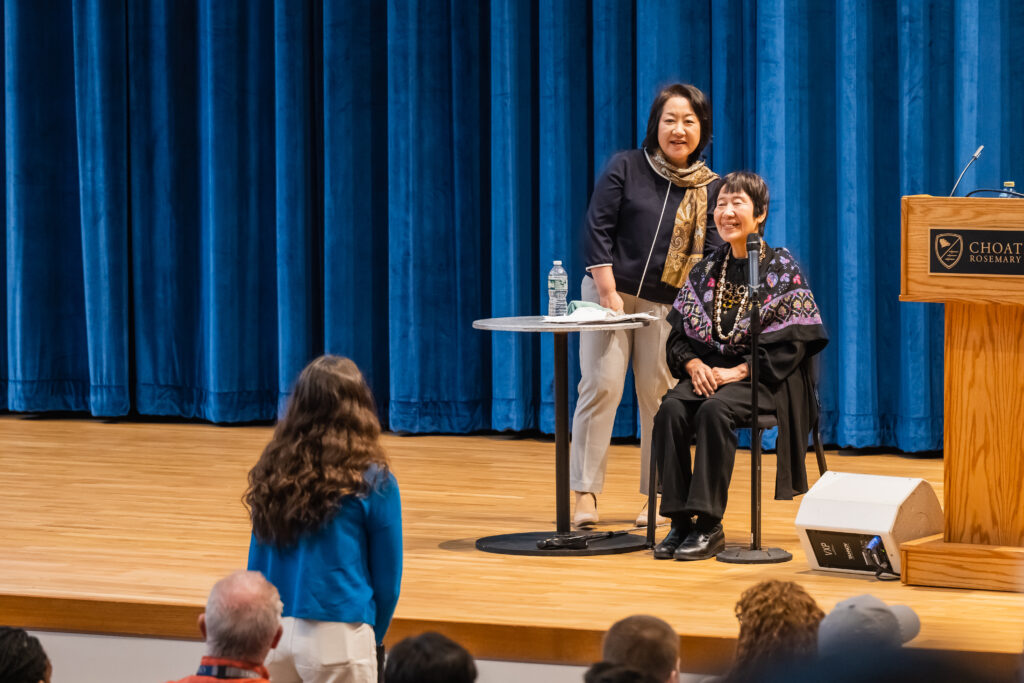It’s rare for a teacher to not show up to class without advance notice. When this situation occurs, students find themselves glancing back and forth at a clock and counting down the minutes until they’re “allowed” to leave. The so-called 15-Minute Rule claims that students are allowed to leave class 15 minutes after the start of the period if the teacher doesn’t show up. But where did this “rule” come from, and is it even a rule to begin with?
Mr. James Stanley, Dean of Students, revealed the truth regarding the 15-Minute Rule: “It doesn’t exist. Total student myth. I mean, I think it’s a student myth far beyond Choate.”
This student-crafted rule made more sense during the 45-minute classes from two years ago, as 15 minutes was a third of the allotted class time. Now, 15 minutes is an obscure fraction of today’s 70-minute class periods. Mr. Stanley further denied the existence of this rule, saying, “Never has there been a rule like [the 15-Minute Rule] in the student handbook. Or, never in my 17 years at Choate has there been a rule like that in the student handbook. And I seriously, seriously doubt there was one in the handbook like that before.”
Most students know deep down that they aren’t allowed to leave class after 15 minutes if their teacher fails to show up, and Mr. Stanley outlined the steps they should take when they are in this situation: “If the teacher doesn’t show — that happens from time to time — there are other very constructive things students can do like go to the next classroom, say to the teacher, ‘What should I do?’ or somebody goes to the teacher’s office and says, ‘Hey, did you forget about us?’”
Mr. Stanley urged students to “go find the department chair and say ‘What’s up?’” instead of simply walking out. Andrew Kim ’21 recalled the steps he took when his teacher showed up late to class: “Everyone was there. The teacher just was not there at the start of class. Usually teachers can like come in five minutes late, so we waited. We know we’re not supposed to leave after 15 minutes, but the kids talk about it during that time the teacher’s not there.”
Waiting is definitely a better solution than leaving class, but reaching out to other teachers is an even greater leap in the right direction. Brooke Popadich ’20, on the other hand, fully embraced the 15-Minute Rule and admitted, “I think I got caught, so I had to walk back [to class]. Some people also left.”
Faculty members are people, too, and they can lose track of time and overbook their schedules, just like students do. Mr. Stanley confessed an instance years back when he arrived late to one of his classes: “As a teacher, when I was a form dean, I can remember one day when I was sitting in my office working, and Mr. Kasper, who was the deans’ assistant, looked at me and said, ‘Aren’t you supposed to be in class?’ Nobody [in my class] came to find me. I got over there around 20 minutes into class, and I’d say a majority of the students were still there, and they had said that they had tried to discourage their classmates from leaving. We had class, and I was apologetic and appreciative that they hadn’t bolted.”
So, with step-by-step guidelines laid out and the legitimacy of the 15-Minute Rule debunked, what’s left is to unwrap the reasoning behind creating such a believable myth among the student body. Jules Dubel ’20 dove into the reasoning behind the rule: “We need something to give us hope. When you’re in a situation and it’s outside of the norm, you need a protocol for that, and students are gonna go for the one that benefits them.”
Whether students see this supposed rule as a beacon of hope or simply a way to get out of class, it’s safe to say that the myth of the 15-Minute Rule has been busted.




